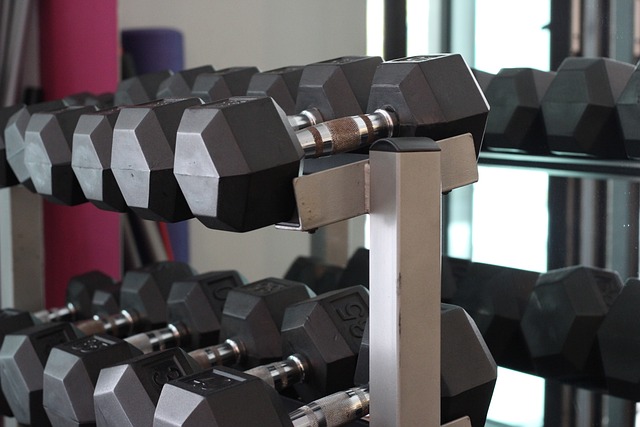![]() With all the prepping and planning for the winter season, cardiac patients can easily forget about their heart conditions. Cynthia Thaik, M.D, a member of American Heart Association and a cardiologist, points out a research that shows that deaths from cardiovascular disease increase by 18% during the winter season.
With all the prepping and planning for the winter season, cardiac patients can easily forget about their heart conditions. Cynthia Thaik, M.D, a member of American Heart Association and a cardiologist, points out a research that shows that deaths from cardiovascular disease increase by 18% during the winter season.
Many heart patients aren’t aware of the risks of outdoor activities during the cold weather. It can easily cause unexpected hypothermia. This is when the body temperature dips low and there isn’t enough energy left in the body to keep the internal body temperature warm. Most of the hypothermia deaths result from heart failure. Lack of coordination, mental stress and tired reactions are some of the symptoms.
Also, some may prefer to stay indoors, which results in lack of vitamin D. Some studies have revealed that there is a link between low vitamin D levels and cardiovascular diseases–this link includes peripheral arterial condition, hypertension, metabolic syndrome and heart attack: myocardial infarction (especially in men).
Moreover, the blood gets thick due to bad cholesterol and increasing fibrinogen, while the hormone cortisol may undergo changes because of low daylight. These factors may combine to reduce the body’s threshold against a heart attack.
So what should cardiac patients do to deal with winter ailments? Answer…follow heart management best practices. Some of them include:
1. Get regular checkups
Being involved in celebrations and holiday preparation shouldn’t translate into missing regular routine checkups. This is even more important for individuals who are above 45 or don’t exercise on a regular basis. The medical professional will carry out appropriate diagnosis to educate the patients about their conditions.
They may also use EMR software to support the diagnosis process, to monitor the patient, and for analyzing cholesterol lipids, cardiac outputs etc. Furthermore, as cardiac issues can be life threatening, the professional may set up alert notifications that indicate the patient’s vitals have reached critical levels. These measures have the opportunity to enhance the level of patient care.
2. Keep warm and follow good eating habits
The norm includes keeping warm during the season. This is important because the blood vessels start narrowing and the blood itself become more vulnerable to clots. Cardiac patients should wear thermals, cardigans and sweaters that are thick enough to keep the body warm around the clock.
The cold weather and the holiday quarter can also make way for a combination of savory comfort foods, which can increase heart disease risk. While it is fine to indulge a bit during celebrations, a healthy diet consisting of fruits, vegetables and vitamins (if prescribed) should be a top priority.
3. Avoid depression Â
Depression can result from staying inside, which can cause a cardiac patient to have mood swings and feel lethargic. This type of depression is termed as SAD or seasonal affective disorder, and victims are less likely to follow a healthy routine that includes exercise, a heart healthy diet and










